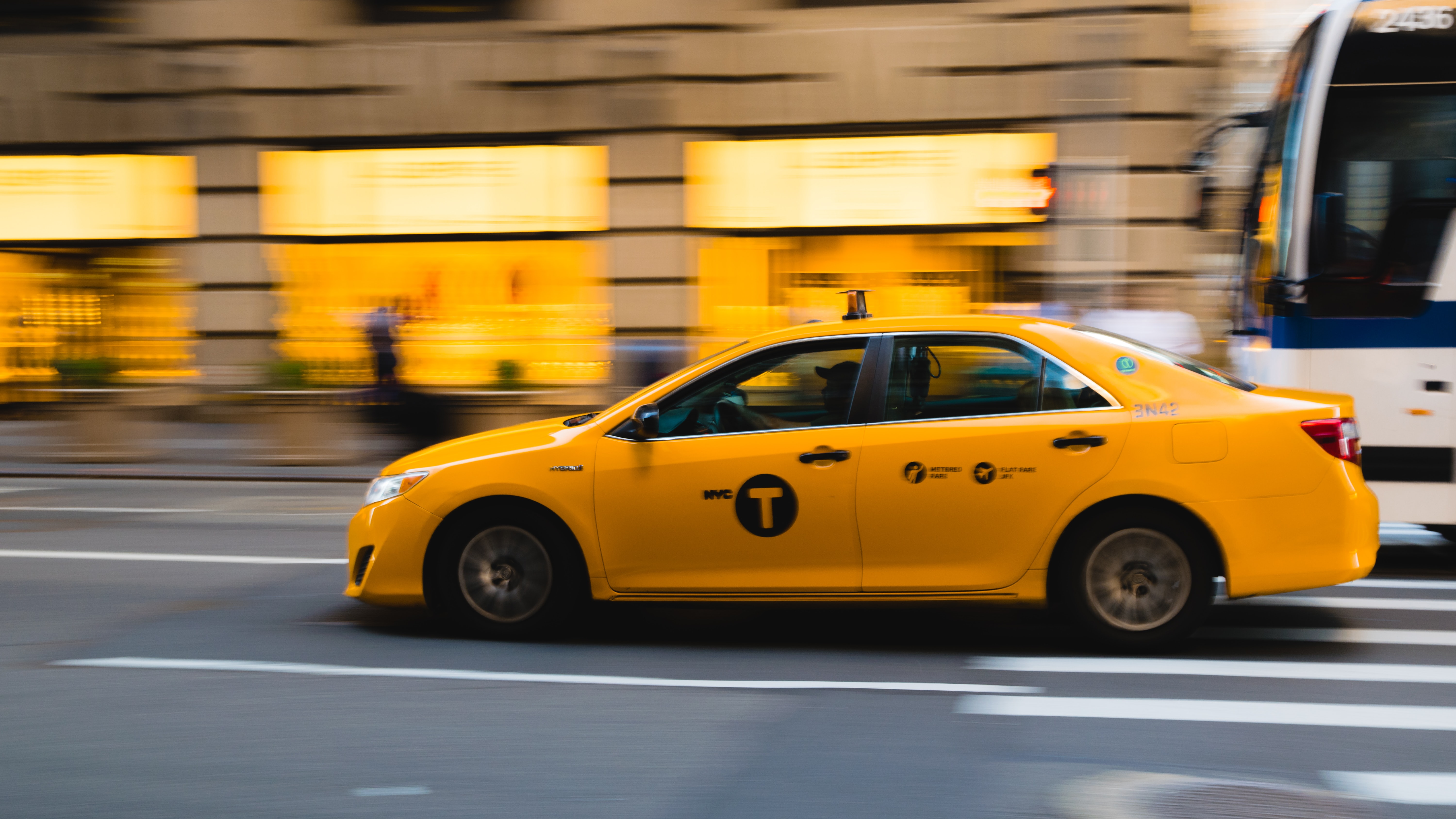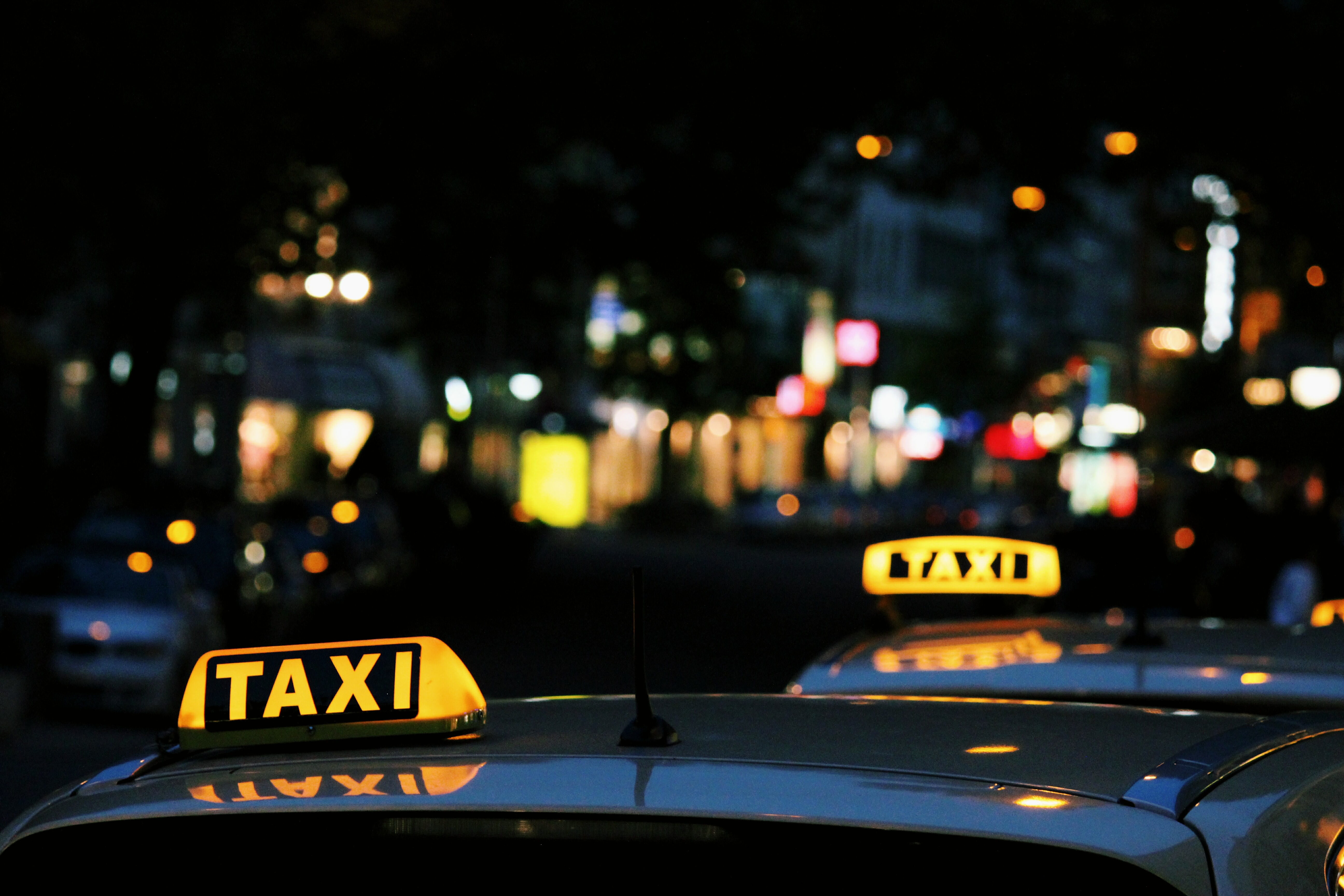Food is vital to everyone, and now many are embracing online food delivery platforms to make their lives easier. This is a flourishing and thriving business domain where one can rake in huge revenues. Concerning that, this article acts as a guide for those who want to make a mark in the food ordering/delivery business in no time.
It is associated with developing a robust mobile app solution that is dedicated to UberEats Clone Script and brainstorming some good monetization models to generate revenue from the same.
So we will begin by listing a few features which are essential for the success of your food delivery application.
- Featuring a lot of restaurants:
There are a plethora of food delivery apps in the market that include the famous ones like UberEats, Swiggy, GrubHub and DoorDash. To withstand the high competition, you have to integrate a lot of eateries to the restaurant partner list of yours.
Convincing eateries won’t be a problem as a majority of the restaurants prefer collaborating with many food delivery services. This is they will be credited with a huge number of orders and revenues. You can enthral them towards your mobile application via some introductory deals and offers. Ensure good branding so that a lot of people will register for your app.
- Order Scheduler:
In your UberEats clone Script, add a touch of innovation so that it can occupy a special niche when compared to the rest of your competitors. For starts, you can integrate an order scheduling feature with your mobile application. With this, the gourmets can set comfortable delivery time and can order for the whole week.
- Different payment modes:
With everything getting rapidly digitized, it is mandatory to feature a lot of payment options that include the likes of credit/debit cards, eWallets and much more for speedy payments.
So what are the types of apps needed to launch a food delivery business? We will see that now.
End-User Apps
This app is built for the end-users, where they can view a lot of restaurants each offering different cuisine items and menu dishes. Further, they must be able to pay for the orders via digital means easily and can also take part in a feedback section for the food and the delivery service.
To make the app an instant hit, there are a lot of essential features one should include like
- Registration/ Sign in
- Restaurant finder
- Real-time order tracking
- Repeat Order and
- Loyalty oriented programs
Delivery Professional App
This app will cover the entire work related to order pickup and delivery. It is vital for providing information on end-user address, the eatery address, the navigational route and time tracking included. Thus this is the best fit if your focus is on creating a food delivery app that combines both order and logistics.
Some of the mandatory features include
- Sign in
- Order status
- The feature dedicated to providing enlightenment on the earnings.
Restaurant App
The other main app, this is for the eateries and is in many ways similar to the end-user and delivery professional equivalent. The registration procedure is universal for every restaurant so that they can list all the menu items via the application.
The mandatory features include
- Admin Panel
- Feature to accept or decline orders
- A feature to credit/receive payments
Monetization Models:-
With such intense vying in the market, the future of digital food ordering/delivery looks very bright and very competitive. Thereby it is important to know all the monetization methods related to food delivery business sector.
- Commission:
An excellent way to generate income, this model will change a small per cent of the order price associated with the eatery.
- Peak hour Surcharge:
This model is associated with a delivery surcharge based on the peak hours similar to Uber. A lot of the food delivery apps will earn more revenue based on bad weather conditions and traffic-jams included.
For instance, in rush hours, the app can restrict the number of restaurants, and to access them, you can charge some additional fees.
- Advertisement:
A commonly used monetization model, some of the eateries can occupy the top level of visibility on your application in return for some monthly fees. In the case of Swiggy, it has used this model to earn revenues in the millions.
- Delivery Charges:
This is applicable if your focus is on order combined with logistics when speaking about food ordering/delivery app development. A good amount of money is earned via delivery charges. It can be a flat fee associated with the delivery of every order or can be a percentage of the total order pricing.
Conclusion:
When developing your UberEats clone Script compete with one another in the highly lucrative food ordering/delivery business ensure that your goal is based on user retention and customer satiation.
If you wish to rise to the top of the food delivery business with a robust UberEats clone Script solution, then you can get in touch with us at Uberdoo.com.
Our solutions speak of 100% customization, and they come with feature-rich components necessary for you to establish yourself at the top of this lucrative business domain.



